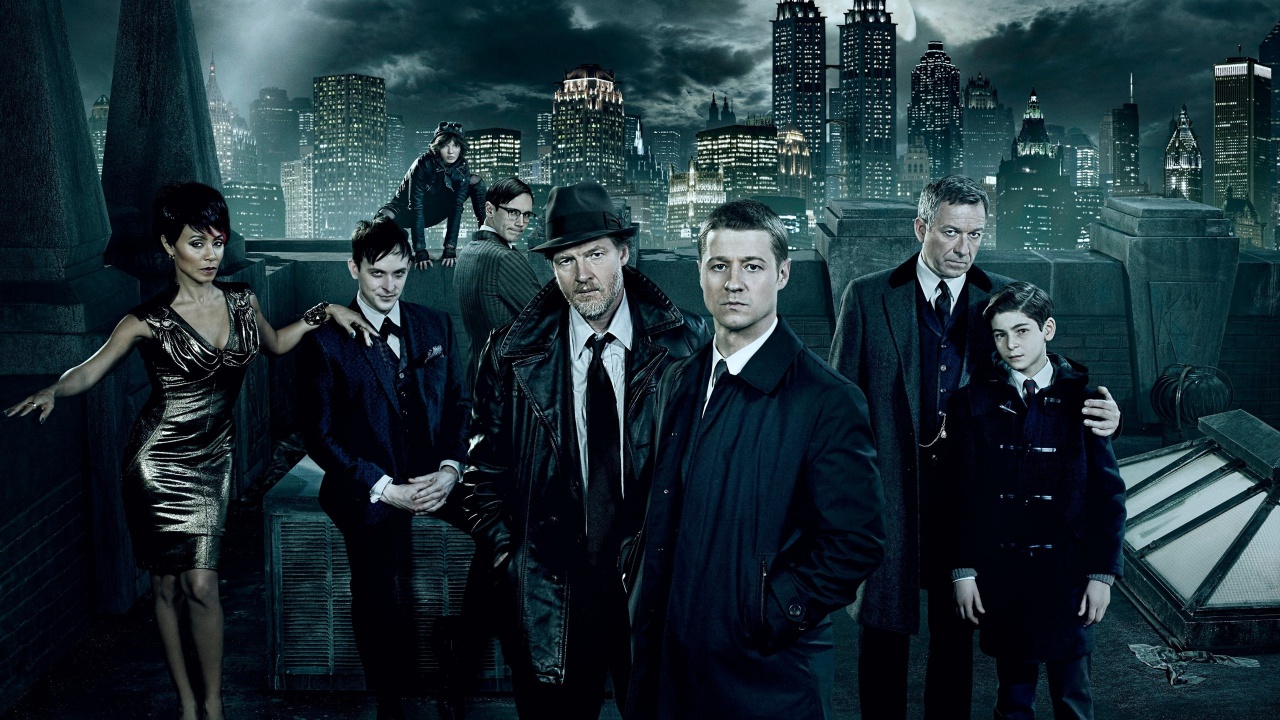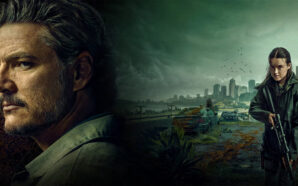Recently, Bruno Heller, showrunner for Gotham is quoted at the Edinburgh Television festival as saying:
“I don’t think superheroes work very well on TV. Probably because of the costume thing”
On the surface, this comment made by the BAFTA nominated creator of Rome & The Mentalist seems like he is simply defending his decision to shy away from costumes in his current hit, Gotham. Are costumes really such an issue for him? Does he just mean the clothes our heroes wear? On a second glance, he may be touching on something a little more important. If you are reading this website, the chances are that you have a little more than a passing interest in genre television and film. We do, and that is why we brought this conversation up on episode 5 of our podcast Out of Heroes. A few of us sat down to discuss whether we thought Heller was correct in his statement, and if not, why not. We would love it if you took the time to have a listen to what we had to say, and join in the conversation too. For now, though, let’s take a deeper look into what is currently happening in the world of TV superheroes.
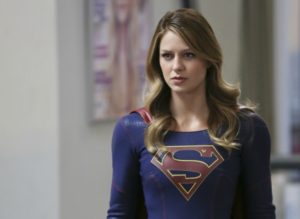 We are spoiled for superhero content at the moment. The rise of the comic book story has brought our heroes to life in cinema and on TV. From Captain America on the big screen, to Lucifer on the small, the choice we have is remarkable. Whatever your taste, there is something to watch. Ranging from the bright and cheerful Supergirl through Agents of SHIELD to the more gritty and violent Jessica Jones & Daredevil, there is a full range of superheroes to see on TV. Some of these shows are more successful than others and with many more to come soon, we can hope the successes continue. With such a wide range of heroes comes an equally wide range of portrayals. Take Supergirl, for example. The show is bright, featuring lots of sunshine, primary colours and lighter themes. It is difficult to imagine a show like this ever tackling the darker side of humanity. Similarly, I can’t really imagine Private Investigator Jessica Jones making her way to the beach for a bit of sun. These shows are aimed at completely different audiences, and attract viewers for the different reasons. I, personally, don’t watch Jessica Jones for a love story, just like I don’t watch Supergirl for gratuitous violence and incredibly mature themes.
We are spoiled for superhero content at the moment. The rise of the comic book story has brought our heroes to life in cinema and on TV. From Captain America on the big screen, to Lucifer on the small, the choice we have is remarkable. Whatever your taste, there is something to watch. Ranging from the bright and cheerful Supergirl through Agents of SHIELD to the more gritty and violent Jessica Jones & Daredevil, there is a full range of superheroes to see on TV. Some of these shows are more successful than others and with many more to come soon, we can hope the successes continue. With such a wide range of heroes comes an equally wide range of portrayals. Take Supergirl, for example. The show is bright, featuring lots of sunshine, primary colours and lighter themes. It is difficult to imagine a show like this ever tackling the darker side of humanity. Similarly, I can’t really imagine Private Investigator Jessica Jones making her way to the beach for a bit of sun. These shows are aimed at completely different audiences, and attract viewers for the different reasons. I, personally, don’t watch Jessica Jones for a love story, just like I don’t watch Supergirl for gratuitous violence and incredibly mature themes.
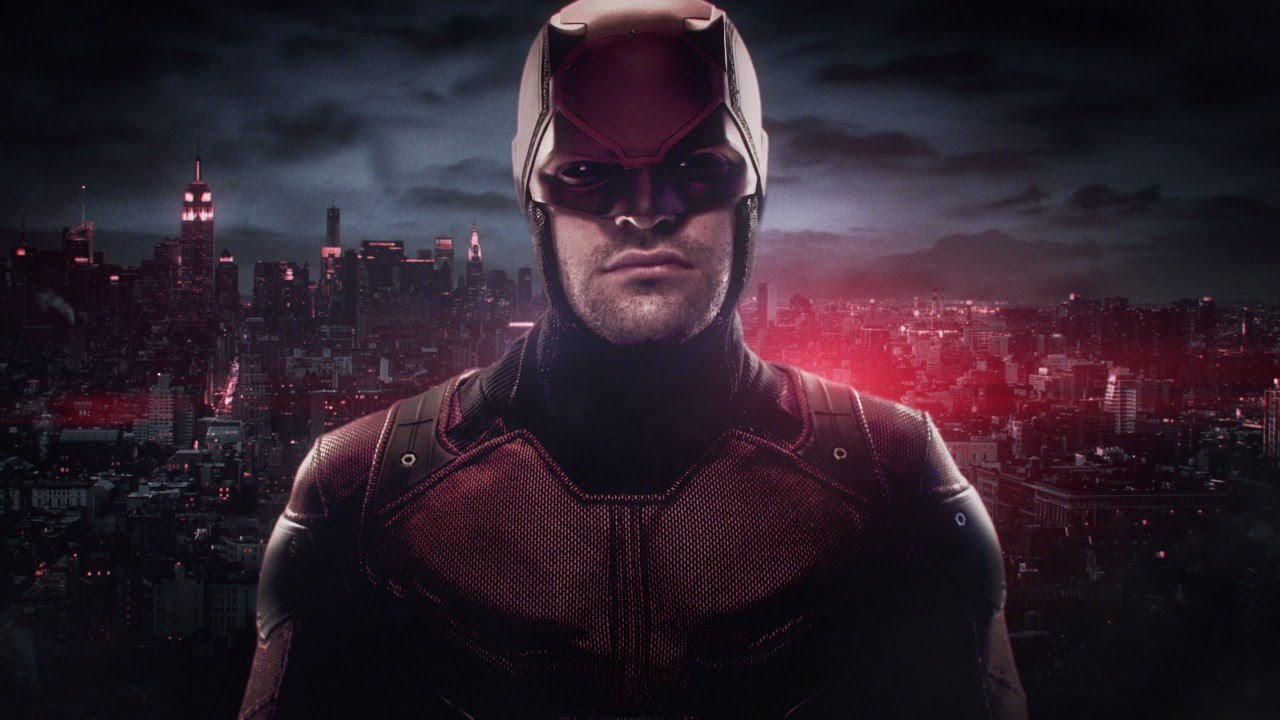 This, I suppose, is the crux of the issue. Capes and costumes work perfectly well when you are telling a cape and costume story. However, if you want to delve deep into the character, the power set or costume can become a distraction. A TV budget can only do so much, and if you want people to suspend their disbelief for a 45-minute show, you need to give it everything. I can accept that the wonderful Charlie Cox is portraying a blind lawyer working on the streets of Hell’s Kitchen. I can also accept that the very same character has skills and abilities which allow him to fight those he cannot fight in the courtroom. However, the success of the writing team of Daredevil is its ability to keep those two together, yet distinct. By making the story of Matt Murdock about him, and not his alter-ego, and vice-versa with Daredevil, I, as the viewer, can really focus my attention on what makes each one tick.
This, I suppose, is the crux of the issue. Capes and costumes work perfectly well when you are telling a cape and costume story. However, if you want to delve deep into the character, the power set or costume can become a distraction. A TV budget can only do so much, and if you want people to suspend their disbelief for a 45-minute show, you need to give it everything. I can accept that the wonderful Charlie Cox is portraying a blind lawyer working on the streets of Hell’s Kitchen. I can also accept that the very same character has skills and abilities which allow him to fight those he cannot fight in the courtroom. However, the success of the writing team of Daredevil is its ability to keep those two together, yet distinct. By making the story of Matt Murdock about him, and not his alter-ego, and vice-versa with Daredevil, I, as the viewer, can really focus my attention on what makes each one tick.

This character styling could well be part of why Constantine was not awarded a second season. The writing team managed to pen an amazing story, drawing together many of the mystical elements of the DC Universe. However, by blending John Constantine the mage and John Constantine the damaged Englishman, neither were served deservedly and unfortunately, the show failed. Agents of SHIELD, on the other hand, tackles this problem in a differently. Bobbi Morse never once wore her trademark black and white Mockingbird costume. Instead, she was a fully fleshed out individual, with real-world issues and real-world needs, and only when that character was completed, was she was given her exceptional skills. Similarly, Daisy Johnson was given a rich and diverse backstory and a distinct personality. It was then only midway through the second season that she was given her powers that she is ordinarily so well known for. Even without her powers, Daisy would still be the same Daisy.
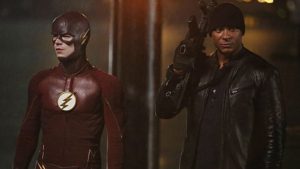
However, there is certainly a place for traditional capes and costumes on our screens. One of the most successful series of the last few years is The CW and DC’s The Flash. For any readers who haven’t yet seen The Flash (Go, now, watch it, I’ll wait), Barry Allen obtains the ability to move extremely fast, becoming the fastest man alive. With this, comes a snazzy suit and lots of superhero capers. The focus of the show is very much on The Flash and his adventures, but the character of Barry the scientist and The Flash, the speedster are perfectly entwined. Why does The Flash stand out as the exception to Bruno Heller’s rule? Is it because the characters are perfectly fleshed out – In my opinion, no. At times the actions of the characters leave the viewer perplexed and the love stories, at times, become a little tiresome. However, The Flash has managed to bridge the gap between TV and film extremely well. By allocating a TV budget well, the show has managed to create, for the most part, movie level effects, on a reduced budget. This better guides the viewers towards immersion in the incredible spectacle in front of them. By making it easier to watch, the production team has much more wiggle room for you to feel part of the story, forgiving some of the missing plot components or characteristics more readily than one would for a less well-produced show.
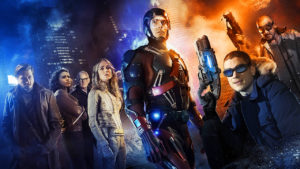 This principle, however, does not extend to every show. From the same production team comes Arrow and Legends of Tomorrow. Both of these are very different shows that have dedicated a lot of time and expense to wardrobe (for the most part), set dressing and effects. Arrow succeeded in its intentions in season 1 and 2 in particular, drawing the viewer in and engaging on a high level. However, as time went on, the character changes became so great as to be unforgivable in the eyes of many viewers. I have dedicated enough words to the fate of Arrow, which I don’t wish to repeat again (for the sake of my sanity). Between the end of season two and now, a lot of the ensemble has changed, while those remaining have become different versions of themselves. Reading a lot of viewer feedback, this is one step too far for many viewers to forgive. Legends of Tomorrow, on the other hand, suffers from another set of issues entirely. Storylines and character relationships are complex and difficult to follow at times. This is, for the most part, due to the nature of the show (time travel) and the large number in the ensemble. Due to the complexity of the plot, the “believability” is much less than those stories grounded on “our” Earth. Viewers are willing to accept true science fiction stories, whether they are alternate realities, different planets or entirely space-based. However, basing a show on “our” Earth, with a conventionally true science fiction plot, is sometimes a stretch too far. Legends, however, does not take itself too seriously. Although never directly acknowledged, by allowing itself freedom of expression, Legends remains immune to much criticism about realism, simply by owning it’s outlandish, unconventional and whimsical manner.
This principle, however, does not extend to every show. From the same production team comes Arrow and Legends of Tomorrow. Both of these are very different shows that have dedicated a lot of time and expense to wardrobe (for the most part), set dressing and effects. Arrow succeeded in its intentions in season 1 and 2 in particular, drawing the viewer in and engaging on a high level. However, as time went on, the character changes became so great as to be unforgivable in the eyes of many viewers. I have dedicated enough words to the fate of Arrow, which I don’t wish to repeat again (for the sake of my sanity). Between the end of season two and now, a lot of the ensemble has changed, while those remaining have become different versions of themselves. Reading a lot of viewer feedback, this is one step too far for many viewers to forgive. Legends of Tomorrow, on the other hand, suffers from another set of issues entirely. Storylines and character relationships are complex and difficult to follow at times. This is, for the most part, due to the nature of the show (time travel) and the large number in the ensemble. Due to the complexity of the plot, the “believability” is much less than those stories grounded on “our” Earth. Viewers are willing to accept true science fiction stories, whether they are alternate realities, different planets or entirely space-based. However, basing a show on “our” Earth, with a conventionally true science fiction plot, is sometimes a stretch too far. Legends, however, does not take itself too seriously. Although never directly acknowledged, by allowing itself freedom of expression, Legends remains immune to much criticism about realism, simply by owning it’s outlandish, unconventional and whimsical manner.
 Clearly, Heller has a point in the comments he made. His show, Gotham, is different from many of the similar genre-based shows mentioned above for a few reasons. Firstly, his show isn’t a superhero show. There are superheroes-in-waiting, such as Batman and Poison Ivy, but they haven’t yet felt the need to take their “final form”. Instead, Gotham is a police procedural, focussing on the up-and-coming Jim Gordon, before he takes the rank of commissioner, with his very own bat-signal. Featuring characters such as Selina Kyle and Edward Nygma, Gotham remains firmly attached to the DC universe. However, the events in the show are much less linked to their future selves, than they are the human aspect. Heller himself says “Every season is moving towards the world, in which Batman has to emerge to save the day. So every season is doubling down on the chaos and anarchy that is overtaking Gotham. So, things keep getting worse.”. By pushing these characters along the story, Gotham has the luxury of being able to see their presently “vanilla” characters bend and shape into their cowl wearing, top-hat wearing and coin flipping comic-book personas. The show can determine when this happens, whether it is early or late, and in doing so, can easily avoid any of the risks and pitfalls associated with costumed heroes which Heller referred to.
Clearly, Heller has a point in the comments he made. His show, Gotham, is different from many of the similar genre-based shows mentioned above for a few reasons. Firstly, his show isn’t a superhero show. There are superheroes-in-waiting, such as Batman and Poison Ivy, but they haven’t yet felt the need to take their “final form”. Instead, Gotham is a police procedural, focussing on the up-and-coming Jim Gordon, before he takes the rank of commissioner, with his very own bat-signal. Featuring characters such as Selina Kyle and Edward Nygma, Gotham remains firmly attached to the DC universe. However, the events in the show are much less linked to their future selves, than they are the human aspect. Heller himself says “Every season is moving towards the world, in which Batman has to emerge to save the day. So every season is doubling down on the chaos and anarchy that is overtaking Gotham. So, things keep getting worse.”. By pushing these characters along the story, Gotham has the luxury of being able to see their presently “vanilla” characters bend and shape into their cowl wearing, top-hat wearing and coin flipping comic-book personas. The show can determine when this happens, whether it is early or late, and in doing so, can easily avoid any of the risks and pitfalls associated with costumed heroes which Heller referred to.
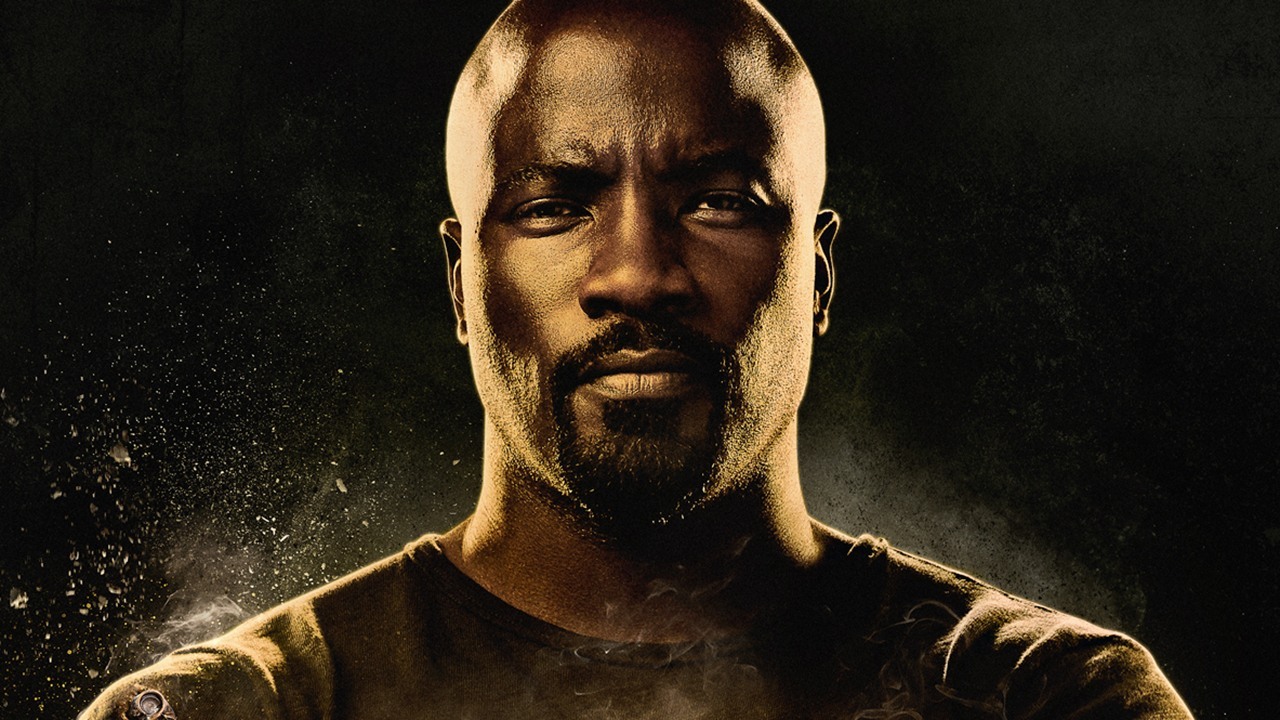
A final thing to acknowledge is the “Netflix Model”. While TV definitely suffers in favour of film for many reasons, length of exposure and environment are certainly two which rank towards the top. If you visit a cinema, you are in a climate, light and sound controlled environment. The film you see and hear is as the director envisioned (supposedly) and your only responsibility is to immerse yourself in the spectacle before you. TV, on the other hand, has to be accessible to the lowest common denominator. Sub-optimal sound, poor ambiance control and smaller screens mean that to even approach the immersion of movies, the episode that you are watching has to hit the right mark. With the majority of TV episodes running between 45 minutes and 1 hour, the time to feel one with what is happening on screen is reduced. Add in the requirement to serialise many hours of story, it seems that TV will always lose. Enter Netflix. Releasing multiple episodes, normally the whole season, in one shot, allows the viewer to decide how long they want to watch for. Just one episode before bed? That’s fine. Three together instead of a movie? Yeah, also fine. How about all 13 episodes of Luke Cage on September 30th as soon as they hit the library? Also OK. As the viewer, you decide what you need to enjoy the story. The freedom Netflix, in particular, allows production teams also has a great impact. Some episodes are 50 minutes, some are 1 hour 10. Some push the boundaries of themes discussed, others tell their story similar to a hip-hop album. Novel ways of telling beloved superhero stories are becoming normal, as directors shrug off the bindings of advertiser-supported network TV, and offer what they want to offer.
Is Bruno Heller right in what he said? Maybe. Sometimes. However, we are in a brave new world of telling superhero stories. The chance for fans to see their favourite characters come to life is amazing and some of the shows we have offered to us are really pushing boundaries of what we are used to from TV. The small screen doesn’t always get it quite right and we acknowledge that. However, smart use of budget, smart writing and a great idea can bring superheroes to our homes successfully, something we can only hope continues for years to come.
Do you agree? Am I way off the mark? Let me know in the comments below or over on Facebook. You can tweet me @Tellyalex or all of us at Out of Lives at @outoflivespod. One last thing, don’t forget to watch our video podcast right here on Out of Lives!




